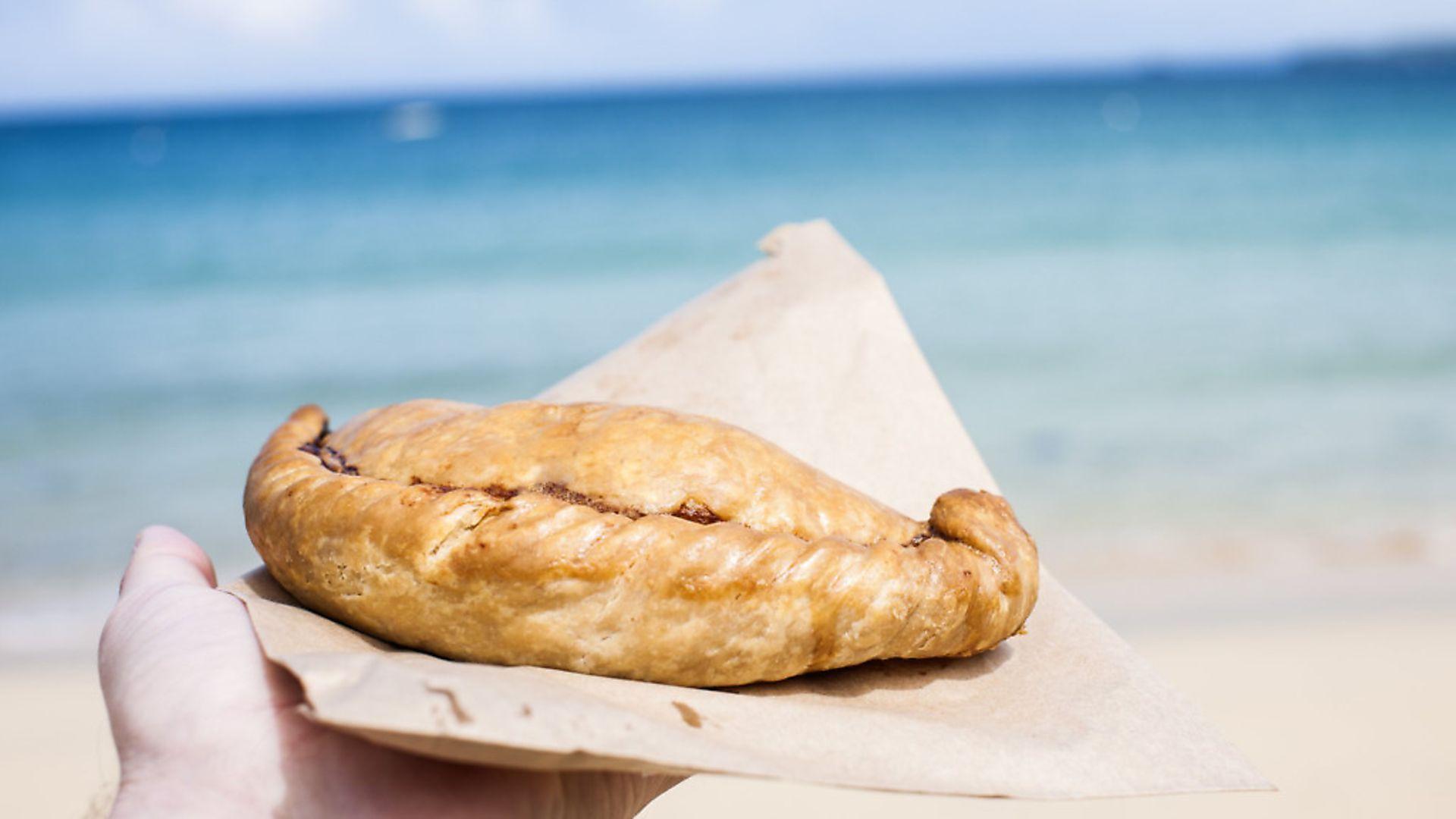A Culinary Tradition Rooted in Cornwall
The Cornish pasty is more than just a tasty treat—it’s a symbol of Cornwall’s rich history and cultural identity. This humble, hand-held meal has been a staple of Cornish life for centuries, with its origins tracing back to the tin miners who needed a hearty, portable lunch to sustain them through their grueling workdays.
Origins: The Miners’ Meal
The pasty was originally designed as a practical meal for Cornish tin miners. Its distinctive “D†shape and thick, crimped crust served a dual purpose: the crust acted as a handle for miners, whose hands were often dirty or covered in arsenic-laden dust. After eating the filling, the crust could be discarded, avoiding contamination. Traditional fillings included beef, potatoes, onions, and swede (rutabaga), all encased in a sturdy pastry that could withstand hours in a miner’s pocket or lunch pail.
Over time, the Cornish pasty became more than just a miner’s meal. It evolved into a beloved dish enjoyed by people across Cornwall and beyond. Today, it stands as a symbol of Cornish pride and culinary tradition.
Protected Geographical Indication (PGI) Status
In 2011, the Cornish pasty was awarded Protected Geographical Indication (PGI) status by the European Union, a recognition that further cemented its cultural significance. This status means that only pasties made in Cornwall, following a traditional recipe, can legally be called “Cornish pasties.â€
To meet the PGI criteria, a Cornish pasty must:
- Be shaped like a “D†and crimped on one side, never on the top.
- Contain uncooked filling of beef, potatoes, onions, and swede.
- Have a pastry that is robust enough to hold its shape during baking and transportation.
- Be baked in Cornwall.
PGI status not only protects the authenticity of the Cornish pasty but also supports the local economy by ensuring that this cherished dish remains a genuine product of Cornwall. It’s a badge of honor that connects the pasty to its roots and preserves its legacy for future generations.
The Pasty Today
The Cornish pasty has come a long way from its origins in the tin mines. Today, it’s enjoyed worldwide, with countless variations on the traditional recipe. However, despite these modern twists, the core of what makes a pasty truly “Cornish” remains unchanged—a testament to the resilience of Cornish tradition and the enduring appeal of this iconic dish.
Whether you’re biting into a classic steak-filled pasty or a creative modern version, you’re partaking in a tradition that spans centuries. The Cornish pasty is not just a food item; it’s a slice of history, a piece of Cornwall that you can hold in your hand.


